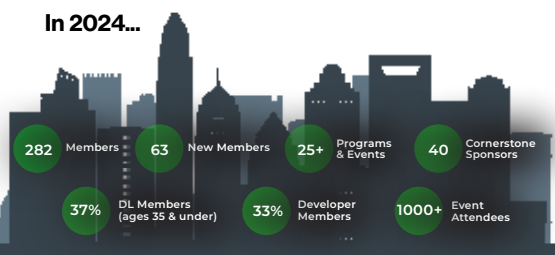The Real Estate and Building Industry Coalition (REBIC) wishes to applaud the efforts today of Senators Bill Rabon, David Craven, and Vickie Sawyer for filing Senate Bill 145, Mecklenburg Transportation Referendum. This legislation, which REBIC strongly supports in conjunction with our partners in the business community and throughout Mecklenburg County, is an important financing tool that will enable our community to address the transportation infrastructure challenges arising from the 100 people a day moving here as we continue to be one of the most attractive regions in the nation in which to live and do business.
Leadership within our county, city, and towns continue to face budget shortfalls when trying to keep up with rapidly expanding transportation needs. The real estate industry recognizes this and knows that the solutions provided in S.B. 145 will enable continued growth and prosperity by providing an opportunity for local decision-makers to invest in transportation solutions. Without solving our infrastructure challenges, our region will continue to be constrained in our ability to provide people with mobility choices, and provide for the movement of goods and services in the most efficient and cost-effective manner possible. This investment will literally pave the way to continued opportunity and growth with direct funding for more road infrastructure and a comprehensive mobility solution for all of Mecklenburg County.











